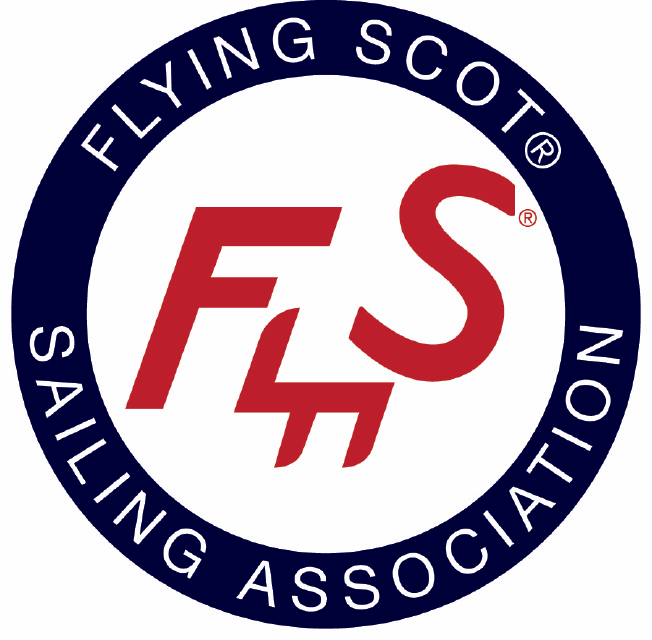Measurement Committee Notice About Transom Safety Lines
Recently the Flying Scot Facebook page received a question concerning the legality of a transom safety line which was not attached to the rings.
The system in the photos involves a line crossing the transom. The ends of the line are attached to bungee cords inside the boat. The bungees pull the ends into the hull via fairleads in the transom. When required, the line can be pulled out/down and used as a footstep to assist in getting back into the boat. This system does not meet the Class requirement for a Safety Line.
The Class rules state:
ARTICLE S-V - RACING RESTRICTIONS The following restrictions shall apply for all boats participating in Flying Scot® events:
1. No dead weight shall be carried as stationary or shifting ballast.
2. The following minimum necessary equipment shall be carried at all times: adequate ground tackle (a recommended anchor would be the equivalent of an eight (8) pound Danforth or Northhill anchor with a minimum of one-hundred (100) feet of line); one wearable life jacket, either Coast Guard approved or in addition to an unapproved jacket, one Coast Guard approved life preserver for each person aboard; one Coast Guard approved throwable, a paddle or oar; a bucket suitable for bailing; sound device and a safety line attached to the transom mooring rings.
The Safety Line requirement was added to the Class rules as a result of a rough North American Championship where many boats overturned. Once in the water, sailors found it quite difficult to stay with their boat because there weren’t good handholds.
There are a number of modifications which can be made to the Safety Line which are Class legal and use the rings. Additionally, other means to get into the boat may be acceptable, such as a transom ladder common on Scots.
Deck handles to assist in getting onto the boat are unregulated by the Class rules and might be helpful. Proper sealing against water intrusion into the core is strongly recommended. It is highly recommended that the Safety Line be a large enough diameter so it’s easy to hold onto during the worse conditions. Staying with the boat is a fundamental tenet of safe boating.
If you have questions, please contact the Measurement Committee - you can send email to info@fssa.com.

